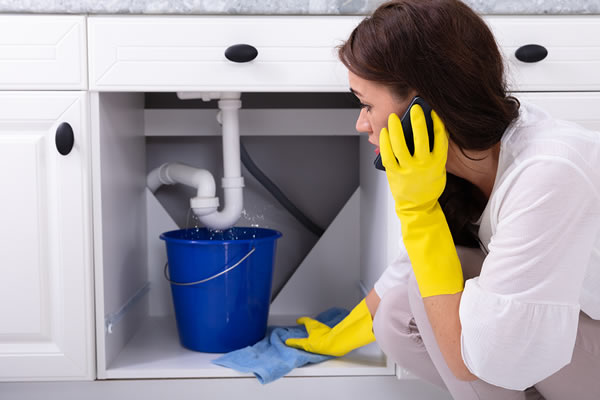We have uncovered the article about Leaking water lines below on the net and felt it made good sense to share it with you on this page.

Early discovery of dripping water lines can alleviate a possible disaster. Apart from saving you cash, it will certainly lessen the worry and also stress. The minute you find a leakage, calling your plumber for repairs is the very best option. Some small water leaks might not be visible. If you can not identify it with your naked eyes, below are some hacks that assist.
1. Analyze the Water Meter
Every residence has a water meter. Checking it is a guaranteed way that helps you find leaks. For starters, shut off all the water resources. Make sure no person will flush, use the faucet, shower, run the washing device or dishwashing machine. From there, most likely to the meter as well as watch if it will change. Because no one is using it, there should be no movements. That suggests a fast-moving leak if it relocates. If you identify no modifications, wait a hr or 2 and also examine back again. This means you may have a sluggish leakage that might also be underground.
2. Check Water Consumption
If you find sudden changes, despite your intake being the very same, it indicates that you have leaks in your plumbing system. A sudden spike in your expense indicates a fast-moving leakage.
At the same time, a constant boost monthly, despite having the exact same practices, reveals you have a sluggish leakage that's likewise slowly intensifying. Call a plumber to completely inspect your residential property, specifically if you really feel a warm location on your flooring with piping below.
3. Do a Food Coloring Test
30% comes from bathrooms when it comes to water intake. Examination to see if they are running properly. Decrease specks of food shade in the container and also wait 10 minutes. If the shade somehow infiltrates your dish during that time without flushing, there's a leak in between the tank and also bowl.
4. Asses Exterior Lines
Don't fail to remember to examine your outside water lines too. Must water leak out of the link, you have a loose rubber gasket. One tiny leak can lose tons of water and surge your water expense.
5. Examine as well as Examine the Circumstance
Homeowners ought to make it a practice to inspect under the sink counters and even inside cabinets for any bad odor or mold growth. These two warnings show a leak so prompt attention is called for. Doing regular assessments, even bi-annually, can conserve you from a significant problem.
Inspect for discolorations and compromising as the majority of pipes as well as devices have a life expectations. If you suspect leaking water lines in your plumbing system, do not wait for it to escalate.
Early discovery of dripping water lines can reduce a possible catastrophe. Some little water leaks may not be visible. Examining it is a surefire means that assists you uncover leaks. One little leakage can squander bunches of water as well as increase your water expense.
If you presume leaking water lines in your plumbing system, don't wait for it to escalate.
WARNING SIGNS OF WATER LEAKAGE BEHIND THE WALL
PERSISTENT MUSTY ODORS
As water slowly drips from a leaky pipe inside the wall, flooring and sheetrock stay damp and develop an odor similar to wet cardboard. It generates a musty smell that can help you find hidden leaks.
MOLD IN UNUSUAL AREAS
Mold usually grows in wet areas like kitchens, baths and laundry rooms. If you spot the stuff on walls or baseboards in other rooms of the house, it’s a good indicator of undetected water leaks.
STAINS THAT GROW
When mold thrives around a leaky pipe, it sometimes takes hold on the inside surface of the affected wall. A growing stain on otherwise clean sheetrock is often your sign of a hidden plumbing problem.
PEELING OR BUBBLING WALLPAPER / PAINT
This clue is easy to miss in rooms that don’t get much use. When you see wallpaper separating along seams or paint bubbling or flaking off the wall, blame sheetrock that stays wet because of an undetected leak.
BUCKLED CEILINGS AND STAINED FLOORS
If ceilings or floors in bathrooms, kitchens or laundry areas develop structural problems, don’t rule out constant damp inside the walls. Wet sheetrock can affect adjacent framing, flooring and ceilings.
https://www.servicemasterbyzaba.com/blog/how-to-detect-water-leakage-in-walls/

I was made aware of that report about Hacks to detect leaks from a friend on another website. Liked our write-up? Please share it. Let somebody else locate it. I enjoy reading our article about Finding hidden leaks.